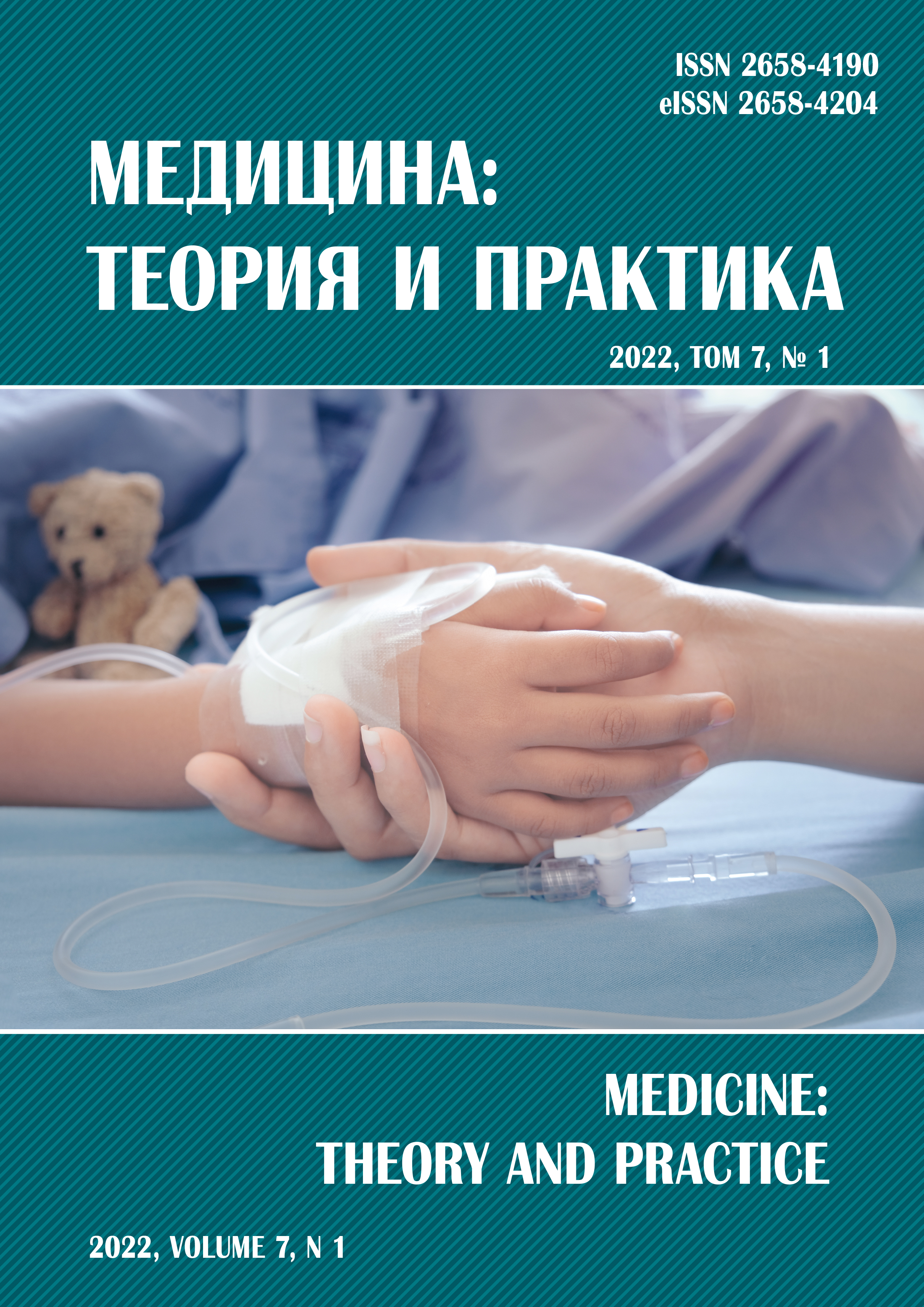To the question of the relationships of lipid metabolism parameters in the acute and subaccute myocardial infarction periods and the disease complications development in men under 60 years old with metabolic syndrome
Abstract
Background. Changes in lipid metabolism in myocardial infarction in men with metabolic syndrome may be important for the development of the disease complications. Purposes and tasks. To evaluate the changes in lipid metabolism in acute and subacute periods of myocardial infarction and their role in the its complication development in men under 60 years old with metabolic syndrome to improve prevention and outcomes. Materials and methods. The results of inpatient examination and treatment of men aged 19-60 years with myocardial infarction were studied. Patients were divided into two age -comparable groups: I - study, with metabolic syndrome (95 patients); II - control, without metabolic syndrome (571 patients). The parameters of lipid metabolism and their dynamics were compared in the first hours and at the end of the third week of myocardial infarction in selected groups, and their influence (study of correlations, risk analysis according to the Pearson criterion) on the risk of myocardial infarction complications development were assessed. The results. It was found that in the first hours of myocardial infarction in the study group there were higher levels of triglycerides (3.19±2.34 mmol/l) compared to the control group (2.44±1.75 mmol/l; p=0.02). When considering the dynamics of lipid metabolism at the end of the third week of myocardial infarction, significant multidirectional changes in all parameters with more pronounced atherogenic changes in the study group were revealed. The risk of complicated course of myocardial infarction was associated with levels of triglycerides <5.2 (p=0.02), high lipoprotein ≥0.9 (p=0.04) and very low density <0.9 (p=0.04) (mmol/l) in the first hours of the disease. Conclusions. The presence of the metabolic syndrome impairs lipid metabolism both in the acute and at the end of the subacute period of myocardial infarction. In the study group, there was an increase in the levels of atherogenic lipids and their indices during the observation period. The complicated course of myocardial infarction in the study group was associated with levels of triglycerides <5.2; lipoproteins of high ≥0.9 and very low density <0.9 (mmol/l) during the first hours of the disease. It is expedient to use them in predictive modeling.



